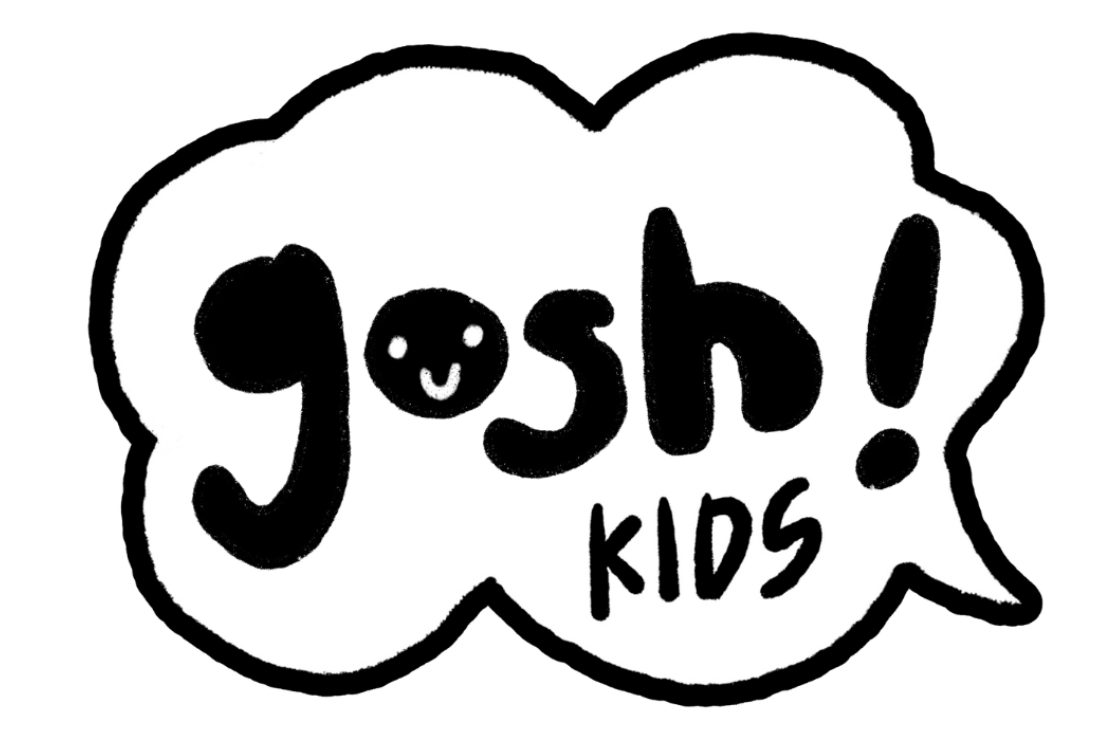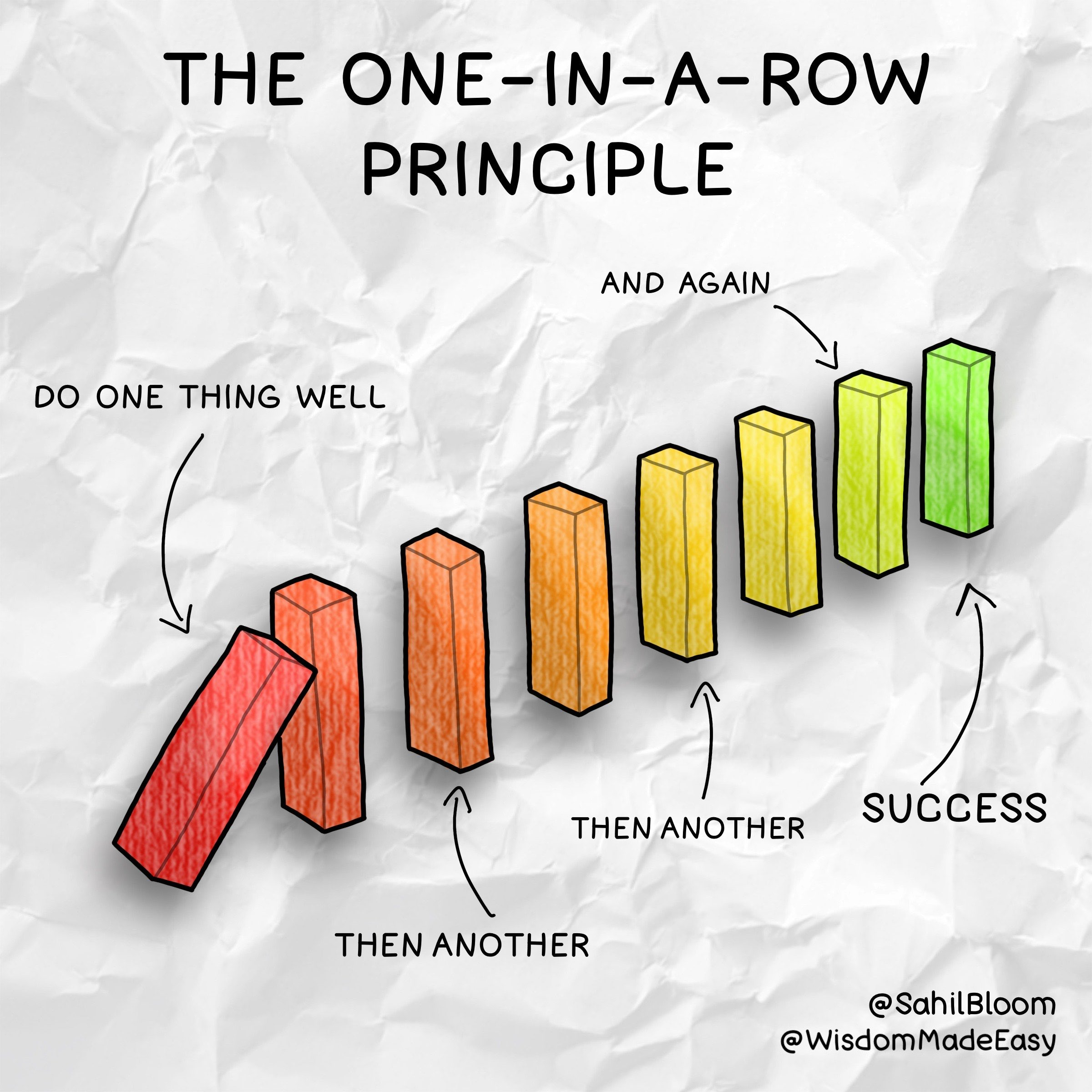HOW TO BUILD CREATIVE HABITS IN YOUR CHILD (LITTLE BY LITTLE)
Dream big, set lofty goals, aim for the moon and the stars.
But what if I told you that the key to success lies in the smallest, most mundane actions we take every day?
What if I told you that doing small creative things consistently can compound into larger pools of creativity within your child?
Some children are born with more creativity, but most of the time, it’s trained.
Today’s edition is inspired by Sahil Bloom.
The one-in-a-row principle says that we can thrive by deconstructing anything to the simplest unit—to just executing once.
Do one small thing, then do another. Then do it again.
Simple, yet so brilliant.
But often misunderstood.
As parents and educators, you and I often get overwhelmed with the grandeur of our ambitions. You want our children to excel in academics, sports, and extracurricular activities. You want them to be creative, to think outside the box, to challenge the status quo.
But how do you do all these?
James Clear, author of the best-selling self-help Atomic Habits says
”Habits are the compound interest of self-improvement”
Good news is - it applies to creative habits.
Encourage your little one to make small, creative decisions every day. Draw one sketch, take one photograph, sing one song, or paint one stroke. Practice the violin or the piano for just 5 minutes a day. Craft a simple solution for a simple problem at home.
Then do it again the next day. And the day after that.
Soon, you’ll have a wall of creativity.
Developing a Habit for Creativity
The one-in-a-row principle is a powerful mindset for:
✔️ forming beneficial habits
✔️ breaking unwanted ones
✔️ achieving remarkable successes in your child.
By doing small creative things consistently, your child will develop a habit of creativity.
They will learn to find joy in the process, to appreciate the beauty of imperfection, and to persevere through challenges or creative blocks.
This approach is especially effective in early childhood, for children as young as 4 years old.
Your children’s brains are still developing and are highly responsive to external stimuli. By providing a nurturing environment for creativity, you can help your child develop neural pathways that are essential for learning, memory, and emotional regulation.
Of course, it's not always that straightforward.
Your child may lose interest in a particular activity, get frustrated with their progress, or face external pressures to conform to norms. Heck, maybe they lose all interest in one activity, and move on to the next immediate distraction.
But here’s where the one-in-a-row principle reveals it’s true power.
By focusing on the present moment, on executing just one creative decision at a time, you can help your child develop resilience, perseverance, and adaptability. You can help them build a foundation of creative habits that will serve them well throughout their lives.
These habits will serve them well now (& in the future).
It took me a while to come to this realization but Sahil Bloom says it best:
Focusing on the past is dangerous.
Focusing on the future is paralysing.
Focusing on the present is beautiful.
You well-up thinking about the things you should’ve done in the past.
You worry about what the future may hold for your child.
But I found the sweet tasting spot, somewhere in-between, that's the most rewarding.
The spot that deserves all your attention.
You can do a lot more by not worrying about what the future will be for your children, nor dwelling in the past on what should've happened to them.
The future of work will look very different from today.
Where humans are being replaced by a machine or algorithm, it is the creativity within your child that sets them apart from everyone and everything else.
But the thing is, building creativity doesn’t happen overnight, as all good things don’t.
Develop these creative habits with your child, one row at a time.


